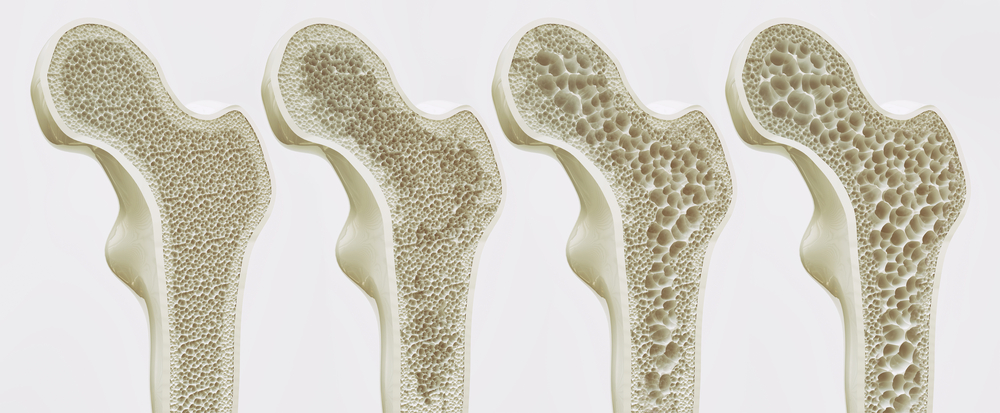This is the third blog in a new series discussing pathologies that can be found in seniors. The third blog will focus on breast cancer.
Breast cancer is the most common type of cancer, with nearly 30,000 people being diagnosed each year. It can be classified into three categories: non-proliferative/proliferative changes, in situ breast carcinoma, and invasive breast carcinoma.
Non-proliferative changes are characterized by physiological rather pathological changes that include palpable masses that fluctuate with the menstrual cycle and can be with or without pain. They have no increased risk of malignancy. Non-proliferative changes include mild hyperplasia (up to 3 layers of luminal cells), adenosis (an increase in the number of functional units), calcification, and apocrine metaplasia (an increase in the amount of cytoplasm within cells).
Proliferative changes have an increased risk of malignancy and include moderate-to-florid hyperplasia (4 or more layers of luminal cells), sclerosing adenosis (fibrosis), and radial scar.
In situ carcinoma
In situ carcinoma is defined by the proliferation of malignant epithelial cells that are confined by a myoepithelial cell layer and no penetration of the basement membrane. It can be classified as either ductal carcinoma in situ (DCIS) or lobular carcinoma in situ (LCIS). DCIS and LCIS are very similar but can be differentiated by the loss of membrane staining in LCIS.
Invasive carcinoma
In invasive carcinoma, the malignant cells are no longer confined by a myoepithelial cell layer and there is penetration of the basement membrane. Under the microscope, invasive carcinoma can be classified as either special type (20% of cases) or no special type (80% of cases). Most special types have a better or equivalent prognosis compared to no special type.
The Boom Health app allows users to book registered nurses, personal support workers, and personal care services, schedule transportation, order prepared meals, rent or purchase medical equipment, and get emergency assistance. Download the app from the App Store or Google Play Store.
This article is not intended to be a substitute for professional medical advice or diagnosis. Always seek the advice of your physician or another qualified health provider with any questions you may have regarding a medical condition.





